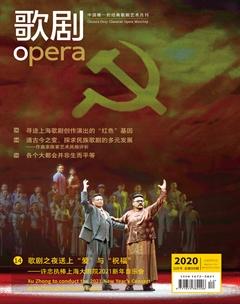各个大都会并非生而平等
司马勤
如果用现场演出的尺度来衡量,这规模真算不上什么。十几位大都会歌剧院合唱团团员在大都会艺术博物馆大门前的石阶上演唱三首节日歌曲,表演时长总共只不过15分钟。说实话,这根本算不上是音乐会,更像是一场新闻发布会。
这场演出由NYCNext(纽约市未来)策划主导。这个刚刚崭露头角的志愿团体,因为如今的时局,这帮人有的是空闲时间。他们专门安排同样有着大把空闲时间的职业演员或歌手走到一起,目的是自发地为纽约市各个地区的群众带来一些欢乐。除了佩戴着口罩面罩,以及保持社交距离外,这个情景令我联想起1930年代的好莱坞歌舞电影中的一幕——朱迪·加兰(Judy Garland)与米奇·鲁尼(Mickey Rooney)在银幕上一起喊道:“来,让我们演一场好戏吧!”
不过,这样的节日画面看起来欢腾喜庆,表层之下的现实背景却灰暗得多。今年年初因为新冠病毒疫情的影响,两种现象显露了出来:1.不同国家或地区的封锁或禁闭措施产生了不同的局势和影响;2.本来已存在的不平等与其他社会矛盾,因为时势所迫,变得更为尖锐。今年春天大都会艺术博物馆宣布临时关闭,6个月后终于重开大门,但每天对入场的观众进行限流。大都会歌剧院同样于3月中旬被迫关门,此后多次宣告将要重新开演的消息,可惜改了又改。歌剧院是否真的会按照目前的计划在2021年9月重新开张,现在还言之过早。我在欣赏大都会歌剧院合唱团如糖浆般甜腻的歌声时,心里苦乐参半——这场小演出,是歌手们9个多月来第一次在一起演出——甚至可能是他们第一次聚首。
为什么一个大都会(博物馆)可以重开,而另一个(大都会歌剧院)还是关着门呢?请看上文列出的现象1与2。
我们先从宏观角度出发。基本上,不同行业的劳资双方可以分为三类:“必要性”工作者无论面对何等疫情风险还是必须上班;少数幸运的员工可以保住工作岗位并留在家里办公;以及疫情促使整个行业叫停的最后一类——文艺界、餐饮业以及任何与旅游有关的人士都属于这一类。
在深究第2点之后,问题的实质就会浮现出来。可是,尽管在深受其害的行业里,也不是人人面临同样的危机。某些機构一早就做好了资金储备(即便没有储备,也可以找到善长人翁筹募急用款);其他的一些机构却一点额外资金都没有,一个项目制作完毕以后,才会从头策划下一个项目。某些机构拥有固定甚至死板的操作模式;另一些公司的工作机制却富有弹性。如今,大都会艺术博物馆起码可以提供与以往相接近的访客体验(甚至可以说比疫情前有所改进,因为参观者总数少了,每一位访客可以更从容地欣赏艺术品)。大都会歌剧院却仍然大门紧闭——因为林肯中心才是剧院的真正业主——就算歌剧院在如今的疫情防控下可以再次向公众开放,剧院方也必须调整观赏歌剧演出的各个细节。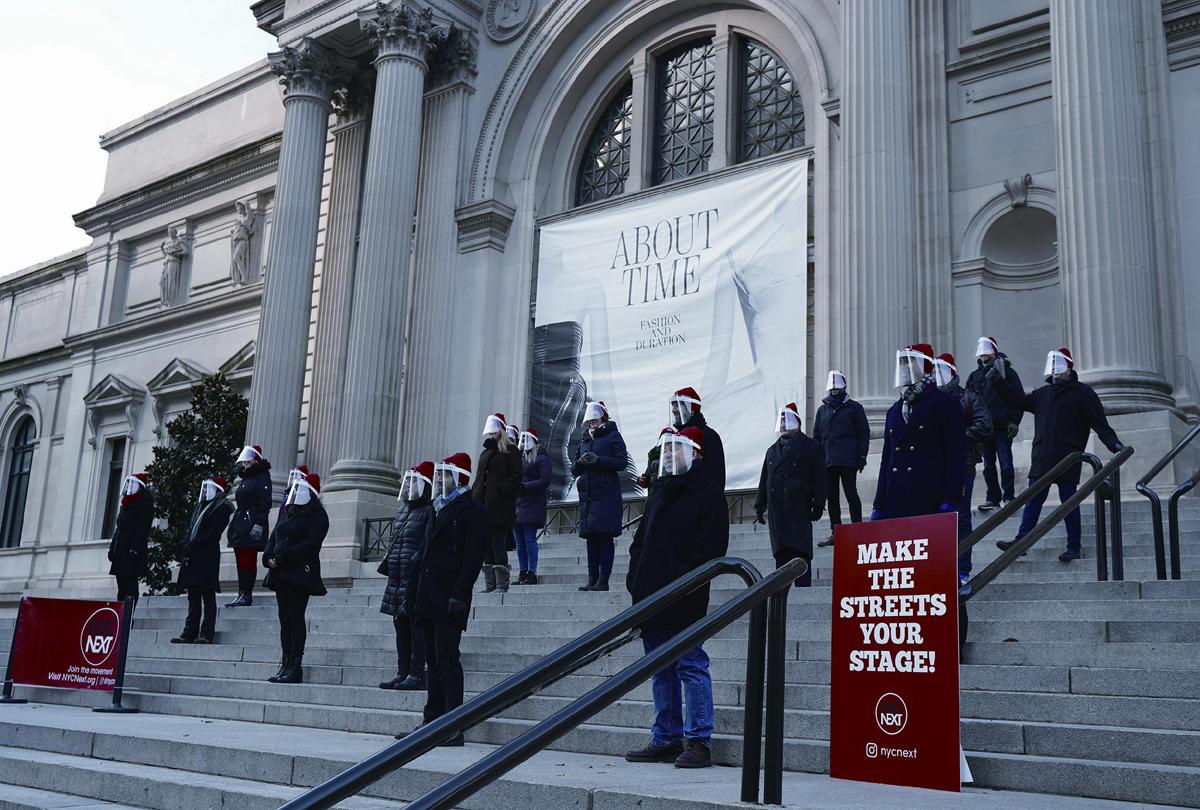
歌剧院跟博物馆不同。博物馆可以同时陈设多个展览,而大都会歌剧院几乎每一晚都要调换布景与制作。还有,一个人在偌大的博物馆里溜达或是在观众席就座两个小时,接触到病毒的风险也有很大的差别。就算观众在剧院里的座位根据防疫指引有所分隔,还要考虑到中场休息观众们在座位席外交叉感染的可能性。舞台制作也必须修改一番,配备符合防疫要求的措施,保障演员与后台工作人员的安全。我猜,现成的制作之中,很少有作品可以过得了这关。
因此,世界上的所谓“一视同仁”“待遇平等”,纯属虚言。当政府下令禁止餐厅提供堂食时,那些能够有效地改造厨房而将业务重心转移到外卖与打包的商户,生意还支撑得住。大都会也跟风——尽管“大堂关闭”不能提供歌剧的“堂食”,改为在线上送上免费的高清“每晚歌剧直播”,令大都会变成演艺“送餐”的大赢家。(可惜到了今天,大都会已经把“菜单”重复又重复了很多遍,送上的剧目都是吃过几遍了的“菜式”。)
早在今年春末,当第一波疫情貌似平静下来的时候,美国各地的餐饮界都做出同一个结论:关闭厨房然后再重现复工,似乎大家可以熬过来。但如果再次遇上封城或禁闭令,餐饮业只有死路一条。纽约的餐饮业现在正面临着第二波禁闭令,我们只能静待后续的发展。
在纽约,文化行业没有遇上以上的问题。城里三分之二的博物馆已经重新开放,但古典音乐场地却依旧空空如也——在马德里、米兰,甚至美国较小的城市里,交响乐团与歌剧院还能找到机会现场演出。纽约的博物馆现在停滞于允许较正常态势下四分之一访客的容量,让我不禁怀疑它们可以维持多久。演艺团体却开始采取严苛的措施。纽约爱乐乐团的乐手们自5月份开始减薪,每月只能领到基本收入的75%。乐手最近更同意于未来3年再减薪25%。大都会歌剧院的舞台管理人员(包括布景、道具、灯光)已经开始制作2021–2022演出季的6个新剧目的布景,在与歌剧院商议新一轮合约时,因为歌剧院要求大部分员工同意减薪30%,双方谈判继而告吹。
现在我们面临一个僵局:代表艺术家的工会担心,即使是新冠疫情过后,经济开始复苏,但减薪协议仍然生效;而演艺团体的领导一直埋怨就算人们打败了新冠病毒,但票房收入还需要很多年才能回复至从前的水平。我猜,他们说得都对。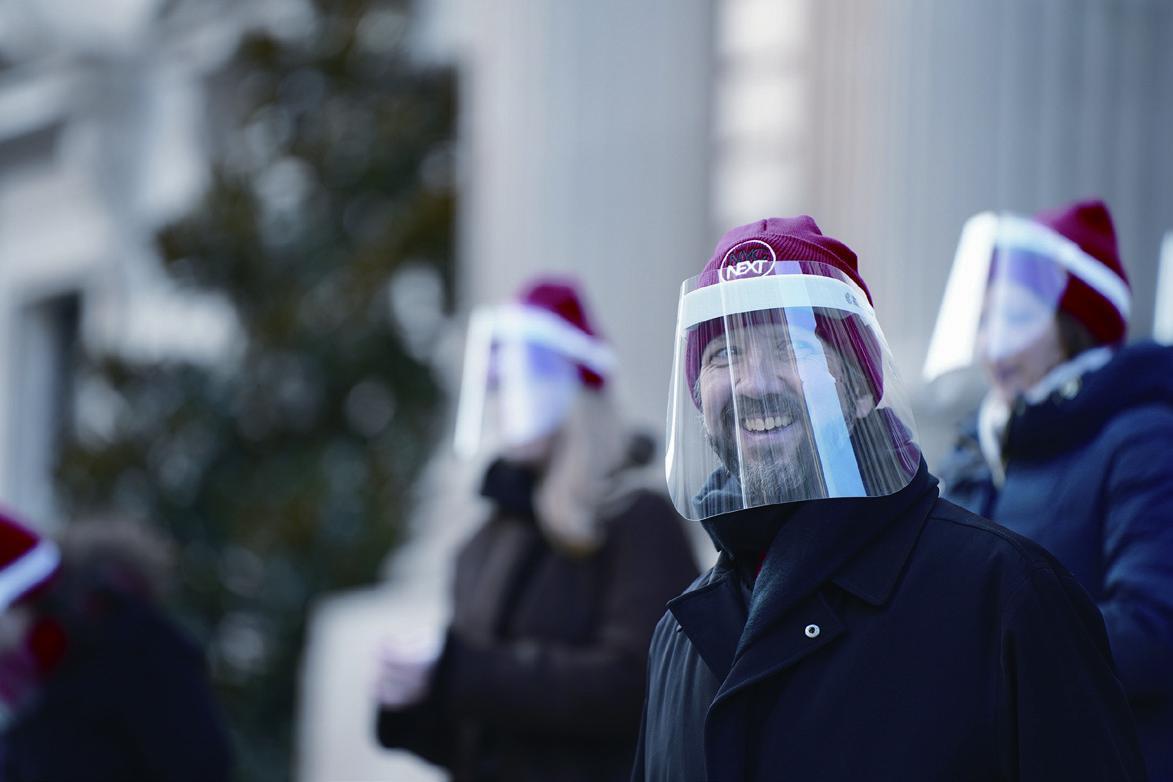
机构与行业可能并不都是平等的,但它们却息息相关。我们不能对特定经济领域做出可靠预测的一个原因是它们并不存在于真空中。无论疫苗成功与否,现场演出必须等到餐饮业与旅游业以及其他娱乐行业稳定以后才可能得以复苏。一个健康的大都会歌剧院需要百老汇。而百老汇需要旅游业。说真的,“吃饭看戏”,没有饭吃怎么看戏?
所以,我在一个寒冷的周三清早起床,徒步至大都会艺术博物馆。此前几个小时,大都会歌剧院宣告舞台管理人员停工——类似于罢工的停工,是院方发起不容许员工继续工作——歌剧院也强调,院方正在跟乐团与合唱团洽商,希望他们同意类似的减薪计划。很有可能,那些在博物馆石阶上欢聚一堂兴高采烈的歌唱家们,在不久的将来会面临失业。
可是在那段音樂荡漾的15分钟里,一切都无关紧要了。这个早上举行的庆祝活动让合唱团员可以在节日气氛下重逢,也为过路的民众带来短暂的节庆娱乐。正如我所说,这算不上是什么正规演出,但是,在此时,能够遇上现场演出,我们已经很满足了。
As live performances go, it wasnt much. A dozen singers from the Metropolitan Opera Chorus gathered on the steps of the Metropolitan Museum of Art for a three-song, 15-minute set of holiday music. Truth be told, it was really more of a press event than an actual concert.
The initiative came from NYCNext, an upstart organization of volunteers with lots of extra time now on their hands who specialize in gathering performers with lots of extra time now on their hands and spreading spontaneous cheer around New York. It all sounds like something from 1930s Hollywood, with Judy Garland and Mickey Rooney crying, “Hey, lets put on a show.” Except with surgical masks and social distance.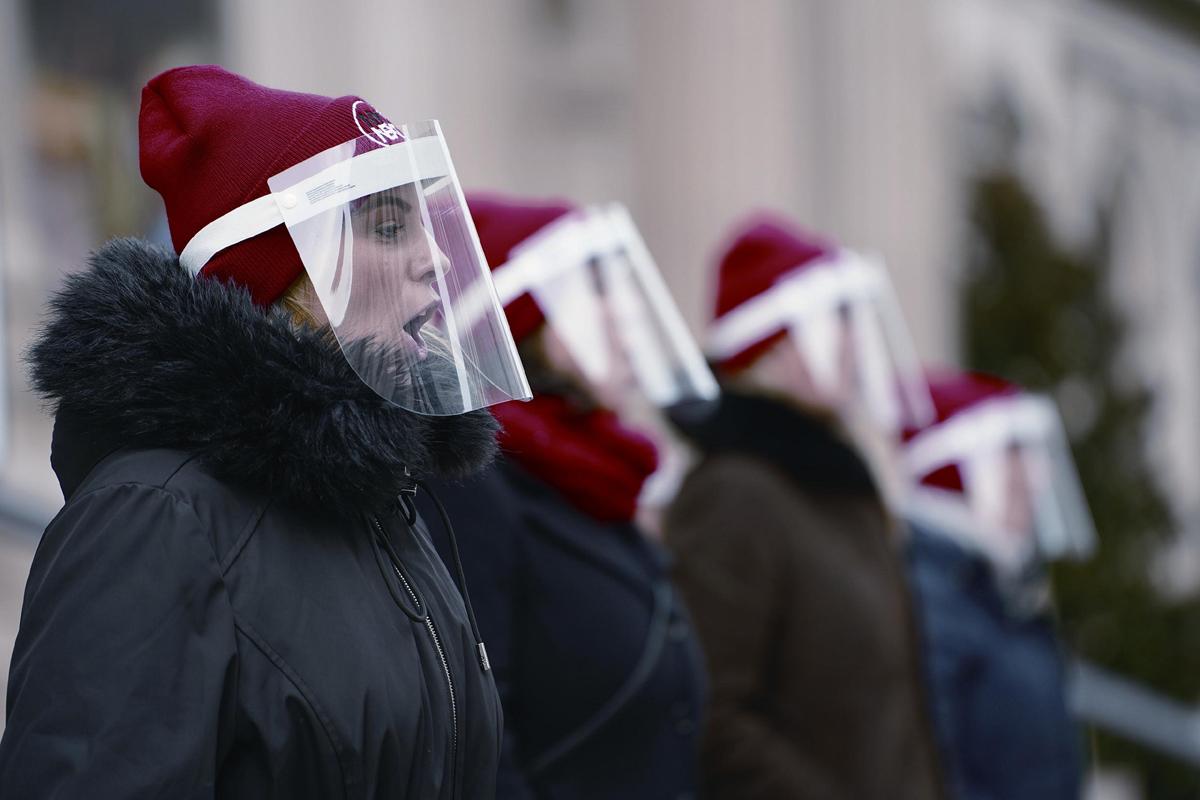
Underneath the cheery holiday portrait, though, was a starker background. From the beginning of this years Covid pandemic, observers have noted two things: (1) that both the virus and the resulting lockdowns have affected different people differently; and (2) that the worst problems have simply reinforced inequalities and other troubles that were already present. The Met Museum, its doors shuttered for more than six months this year, is now reopened for a limited number of visitors each day. The Met Opera, which likewise closed in mid-March, has already announced and cancelled a couple of reopenings. Whether the Opera House will really open again in September 2021 as currently planned remains to be seen. Beneath the syrupy joy of hearing the Met Chorus was the bittersweet realization that this was the first time the singers had performed together—perhaps even seen each other in person—in nearly nine months.
So why is one Met open and not the other? See (1) and (2) above.
Lets start with the big picture. There are essentially three categories of companies and employees out there: “essential” workers who need to show up for work regardless of the health concerns, the lucky few who still have jobs but can work from home, and people whose entire world has shut down completely. In that last camp we find cultural workers, many restaurants and pretty much anyone in the travel industry.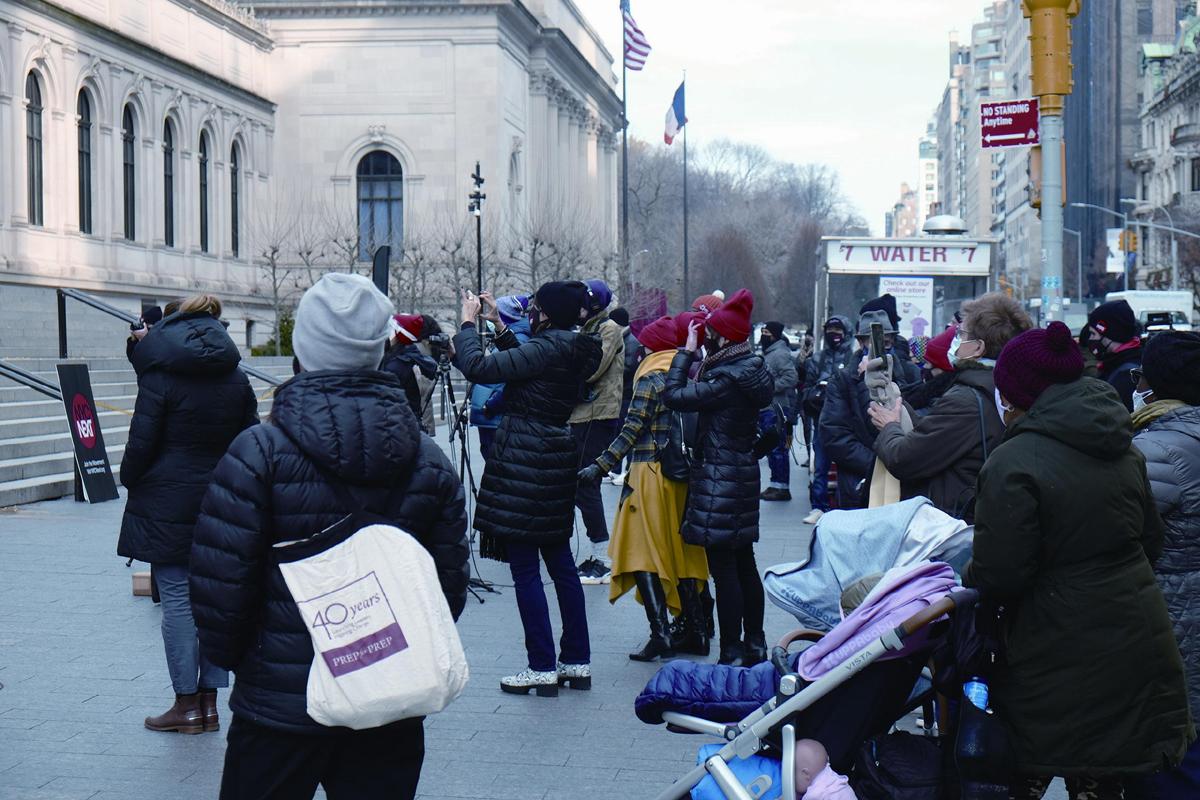
The problem becomes clearer when we get to(2). Even within those troubled industries, not all members are in the same position. Some have cash reserves (or lacking that, access to big donors); others exist from production to production. Some have a firm, inflexible model; others are much more limber. The Met Museum can, at least for now, offer essentially the same experience as before (arguably even better, since smaller crowds means easier access to the artworks). The Met Opera House is still closed—Lincoln Center holds the keys to the building—but even if the company could reopen to the public, everything about the operagoing experience would have to be retooled.
Unlike a museum, which has all its exhibitions up at the same time, the Met changes its productions nightly. Also, theres a big difference in personal exposure between walking through a museum and sitting in a seat for two hours. Even if audiences are carefully spaced in the hall theres still intermission mingling to contend with. Stage productions, too, would need to conform to Covid protocols for performers and backstage workers, and few existing productions would make the cut.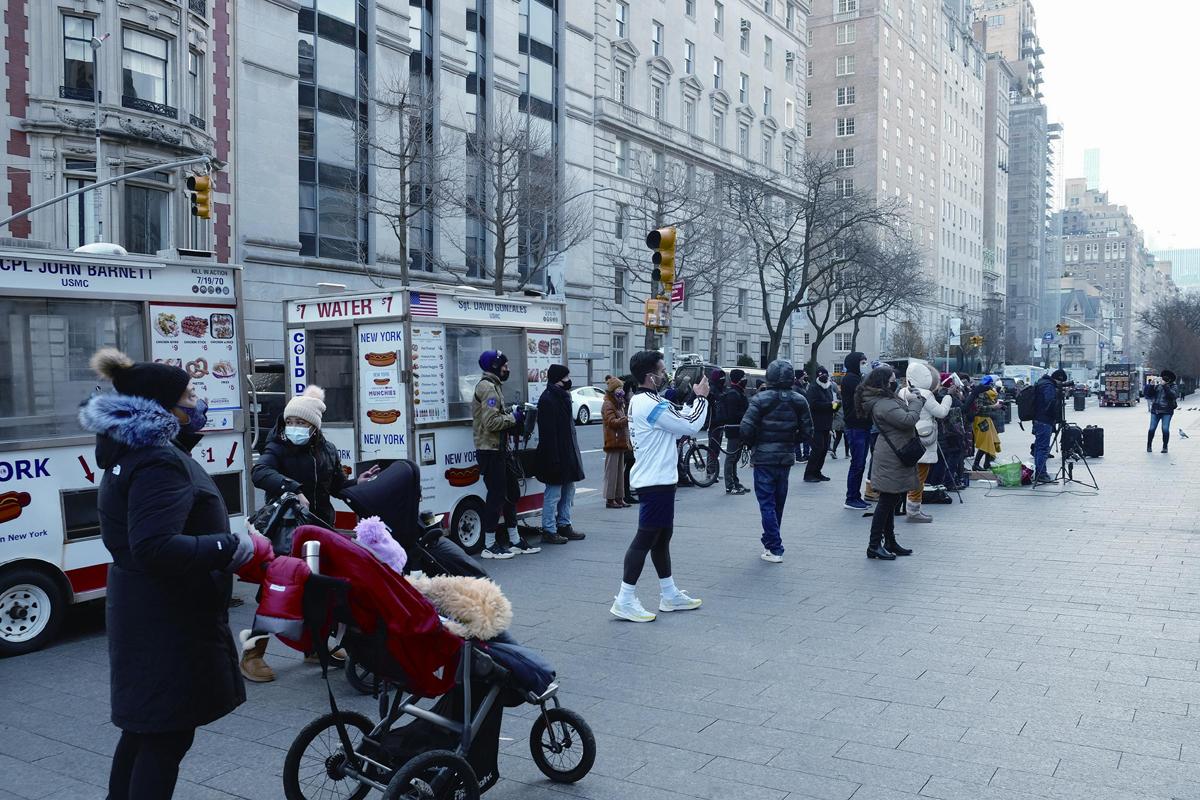
Again, not all institutions are created equal. When indoor dining was first banned, the restaurants that could convert their kitchens efficiently for takeout and delivery did a brisk business. The Met, its main dining room closed, seemed to follow suit with free HD streams each night, cornering the operatic market in home delivery. (By now, though, the Met has run through its menu a couple of times and is now serving the same meals again and again.)
Back in late spring, as the first Covid wave was calming down, restauranteurs around the US seemed to be in agreement: They could close and reopen their kitchen once, but shutting down again would effectively kill their business. Now that indoor dining in New York has been suspended a second time, well see that premise put to the test.
In New York, the cultural sector has not had to deal with that particular problem. The two-thirds of museums that have reopened are still open, but as far as classical music is concerned, the city—unlike Madrid, Milan or even smaller US cities where orchestras and opera companies have found ways to perform live—remains closed. While museums remain in a holding pattern, wondering how long they can survive with 25 percent occupancy, performing arts organizations have started taking drastic measures. Musicians at the New York Philharmonic, who had been receiving 75 percent of their base pay since May, agreed to a 25 percent pay cut for the next three years. At the Met, where some stagehands were already building the sets for six new productions in the 2021–22 season, negotiations over a new contract broke down over the companys demands for a 30 percent salary reduction for many of its employees.
Hence the impasse: artist unions fear that these reductions could long outlast the Covid pandemic; companies complain that that even when the virus retreats it will take years for box-office income to return to pre-pandemic levels. Both are probably right.
Institutions and industries may not all be equal, but theyve become tremendously interrelated. One reason we cant make reliable predictions about particular segments of the economy is that they dont exist in a vacuum. Vaccine or not, live performances wont come back until we have stability in the restaurant and travel industries, as well as other entertainment sectors. A healthy Met will need Broadway. Broadway needs tourism. And really, what is “dinner and a show” without dinner?
So that, essentially, is how I happened to get up early and make it to the Met Museum on a chilly Wednesday morning. A few hours earlier, news had broken that the battle with Met stagehands had wound up in an employee lockout—a work stoppage similar to a labor strike, but instead initiated by management—and that the company was seeking similar concessions from orchestra players and, yes, members of the chorus. There was a very real possibility that the singers gathered so happily on the museum steps would soon no longer have a job.
But for those 15 minutes, none of that mattered. The morning festivity was as much of a holiday reunion for the singers as it was a brief holiday diversion for passersby. As I said, it wasnt much of a concert, but at this point well all take what we can get.

